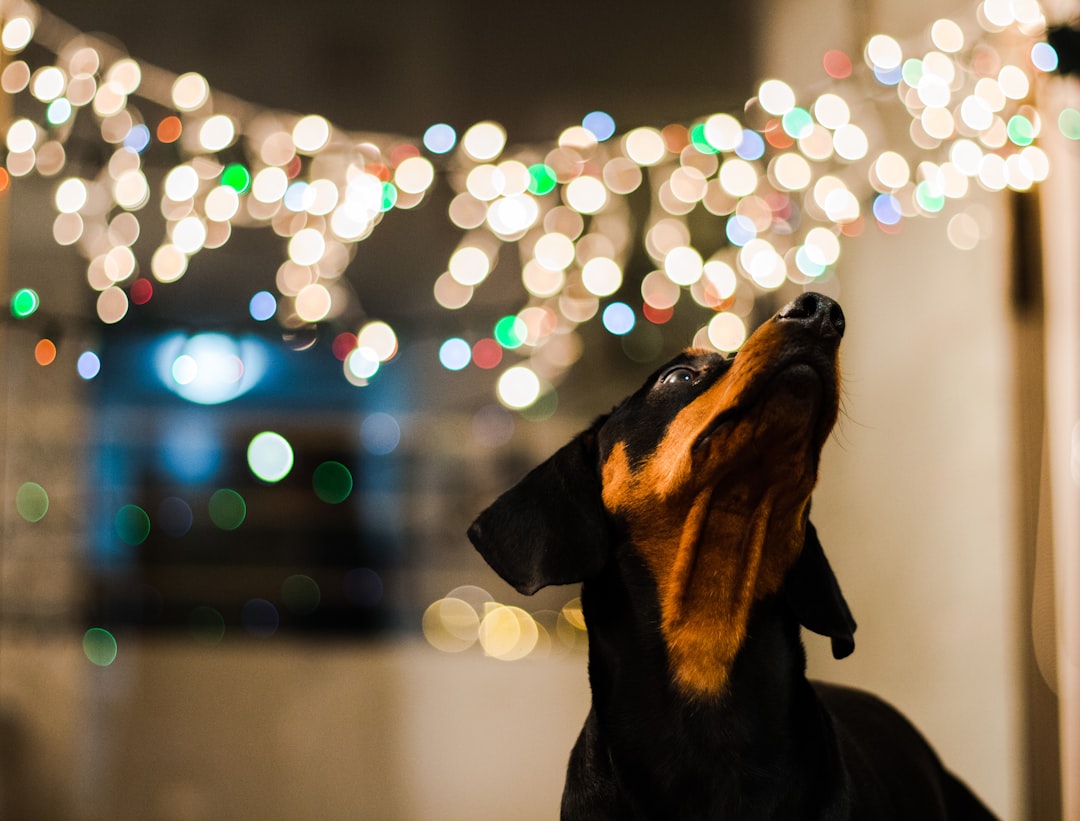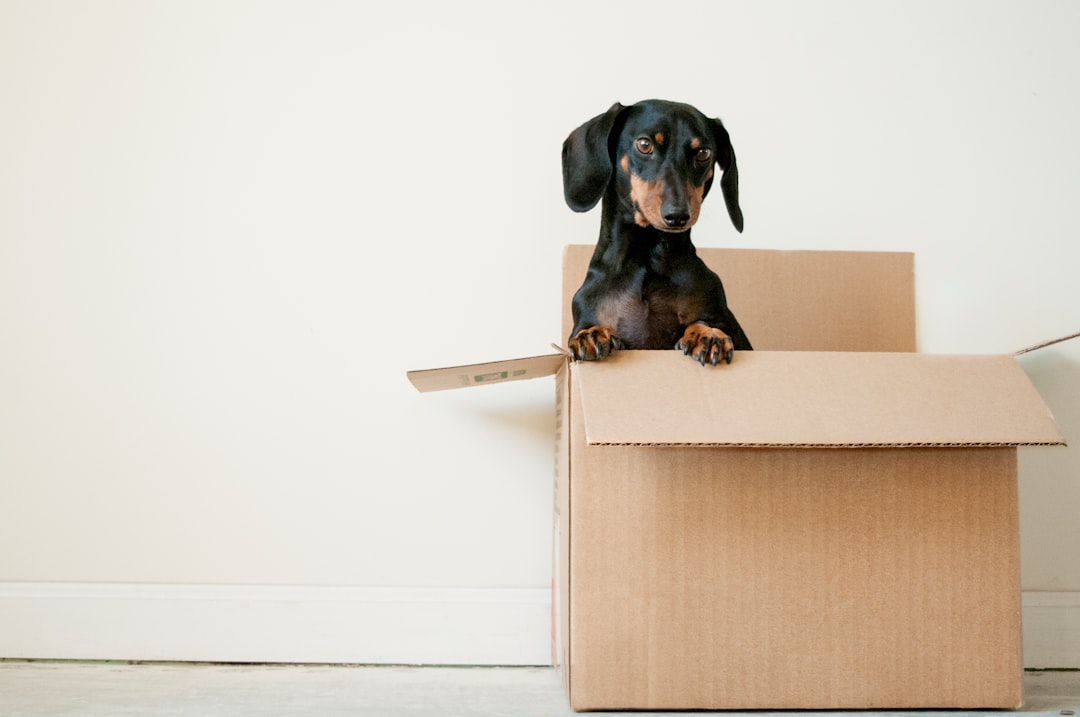If you’ve just welcomed a squishy bundle of joy called Baby Pugs into your home, congratulations! You’re officially the proud parent of a wrinkly, snorting little gremlin that can’t help but melt your heart. Caring for these adorable furballs might seem daunting—what with their big eyes and even bigger personality—but fear not! With the right treats, snuggles, and the occasional playful nudge, you’ll soon be the ultimate pug parent. Let’s dive into the world of Baby Pugs, where every day is an adventure filled with cuteness and, let’s be honest, a few snorts along the way!
Understanding the Unique Needs of Baby Pugs
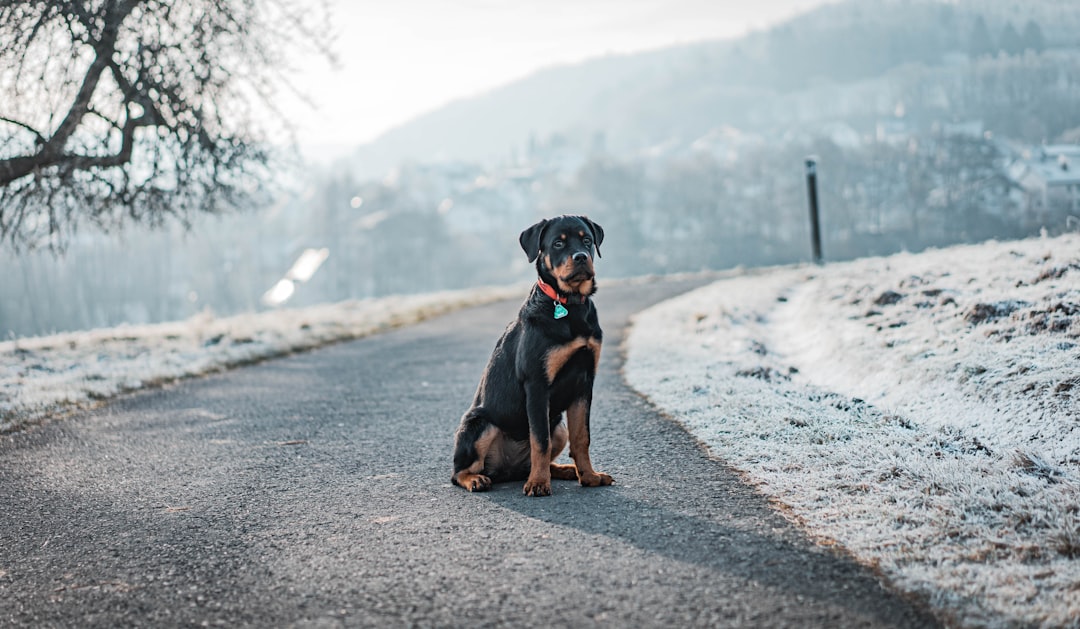
Ah, Baby Pugs—those squishy-faced little bundles of joy! But wait, before you dive headfirst into snuggling, let’s make sure you know what makes these tiny creatures tick. Because trust me, they have unique needs that might boggle your mind—and your heart!
Here are some essential pointers:
- Social Butterflies: Baby Pugs crave companionship and love. So, if you’re planning on choosing between binge-watching your favorite series or giving your pup attention, remember that Baby Pugs would really prefer you to join them in a rigorous game of tug-of-war!
- Temperamental Titans: Their stubborn streak is legendary. Training your Baby Pug? Expect a face full of attitude and a little sass. Positive reinforcement is your best friend here—lots of treats, and perhaps a sprinkle of bribery!
- Sensitive Stomachs: Have you heard the phrase “what goes in must come out?” Well, with Baby Pugs, it’s more crucial than ever! Select a nutritious diet tailored specifically to their delicate puppy tummies.
In short, caring for Baby Pugs takes a dash of patience, a sprinkle of love, and a whole lot of belly rubs!
Essential Nutrition for Your Baby Pug
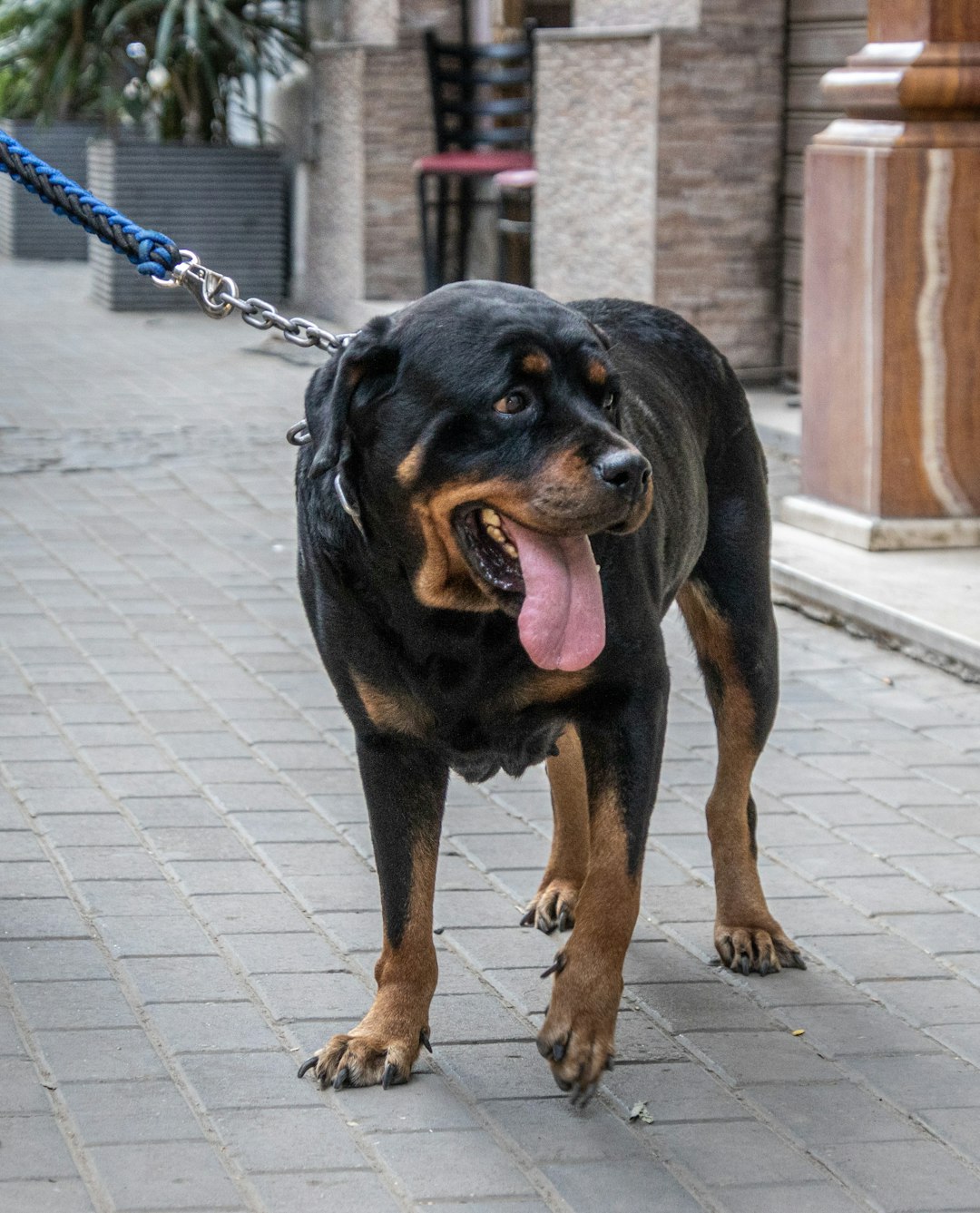
Feeding your Baby Pug isn’t just about plopping some kibble in a bowl and calling it a day! These adorable, wrinkly pups require a nutrition plan fit for royalty. After all, they’re not just cute; they’re on a mission to win your heart (and maybe your snacks).
Here’s how to ensure your Baby Pug maintains a balanced diet:
- High-Quality Puppy Food: Choose a high-quality puppy food specifically formulated for small breeds. Your Baby Pug deserves the best, right?
- Protein Power: Look for protein as the first ingredient. Baby Pugs need muscle power to keep up with their antics!
- Fatty Fish: Incorporate omega-3 fatty acids for a shiny coat. Because who doesn’t want a glamour-pug?
- Avoid Cooked Bones and Onions: No one wants a trip to the vet because you decided to be adventurous with dinner leftovers!
Sample Meal Plan for Your Baby Pug
| Meal | Ingredients |
|---|---|
| Breakfast | Puppy kibble with a sprinkle of fish oil |
| Lunch | Chicken & brown rice (no seasoning!) |
| Dinner | Veggies like carrots mixed with kibble |
Remember, Baby Pugs love their food, but moderation is key! Keep those chubby cheeks healthy!
Creating a Comfortable Living Environment
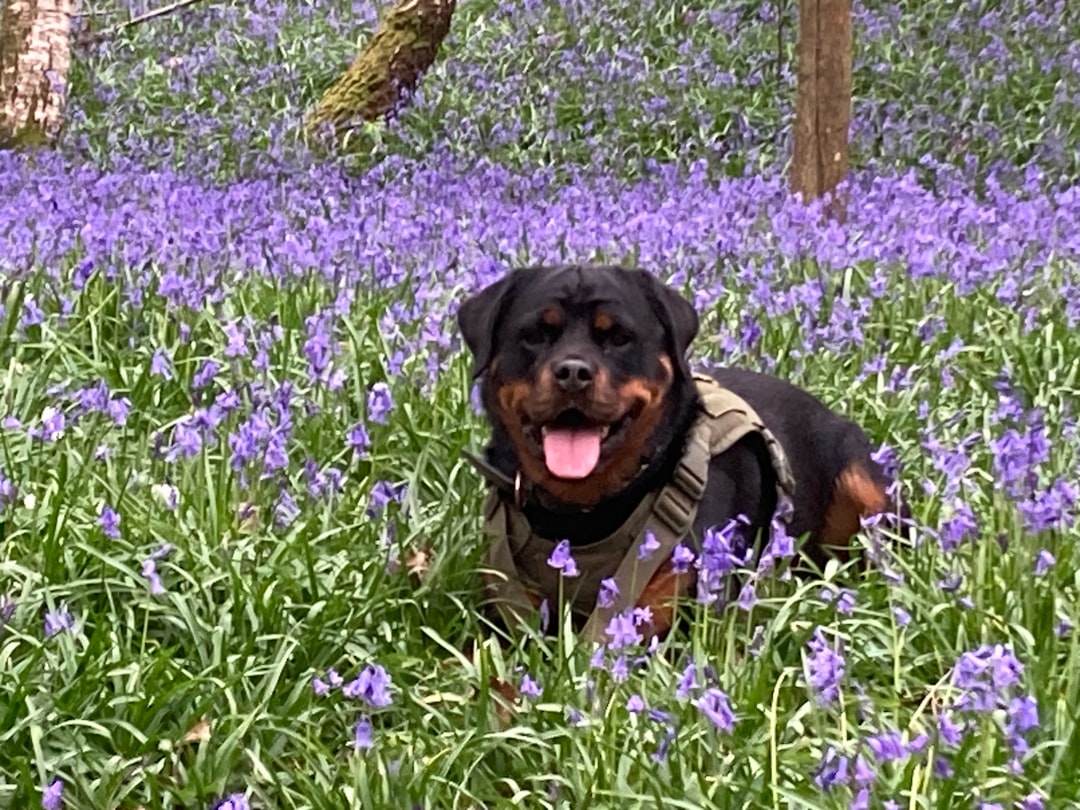
Creating a cozy haven for your Baby Pug is like building a luxurious dog penthouse. After all, your little bundle of joy deserves nothing but the best! Here’s how to create a comfortable living space that will keep your Baby Pug feeling like royalty:
- Comfy Bed: Invest in a soft, chew-proof bed. Think clouds… yes, fluffy clouds!
- Safe Space: Create a Pug Paradise by setting up a designated area away from the hustle and bustle where your Baby Pug can chill in peace.
- Temperature Control: Pugs are a bit sensitive to extremes. Keep the room temp cozy—not too hot or too cold. Remember, they can’t wear sweaters like humans can!
- Toys Galore: Provide toys that match their little snouts and paws. Squeaky toys? Check! Plush goodies? Double-check!
- Clean Environment: Regularly clean their area, because nobody wants germs crashing their Baby Pug party!
By following these tips, you’ll ensure your furry friend has the perfect digs. And who knows? You might even get a “thank you” snort or two!
Socialization and Training Tips
Bringing home Baby Pugs is like adopting a tiny tornado of joy and snorts! To make sure your cutie patootie grows up to be a well-adjusted adult pug, you need to focus on socialization and training from the start. Here are some chuckle-worthy tips to get you both on the right track:
- Start Early: Just like humans, Baby Pugs need to learn how to be social. Introduce them to friendly dogs, other pets, and even the innocent squirrel lurking in your backyard. Remember, they might already think they’re the boss!
- Keep it Positive: Use treats and praise, not just stern looks (because who can frown at that adorable face?). Reinforce good behavior with yummy snacks and cheer, and watch your Baby Pug beam with pride.
- Consistency is Key: Baby Pugs thrive on routine. Keep commands simple and stick to them, or your pup might think “sit” really means “dance like a maniac.”
- Short and Sweet: Training sessions should be as swift as a pug sprint! Aim for 5-10 minutes a day. Your Baby Pug’s attention span might resemble that of a goldfish!
Remember, with a dash of patience and a whole lot of love, you’ll have a fabulous Baby Pug buddy ready to conquer the world (or at least your living room)!
Common Health Concerns to Monitor
Aren’t Baby Pugs just the cutest little snuffle machines? But, cute as they are, they come with their own set of health quirks that’ll keep you on your toes and laughing through the difficulty. Here’s what to watch for:
- Brachycephalic Breathing: Those tiny faces may be cute, but they are basically breathing challenges wrapped in fur. Easy does it when they exert themselves; ensure cool down breaks during playtime!
- Skin Issues: With all those adorable wrinkles, your Baby Pug might be prone to skin irritations. Regular checks and gentle wipes will help avoid “stinky wrinkle syndrome.” Yes, that’s a real thing!
- Obesity: Those puppy-dog eyes will tempt you every time! But too many treats can lead to an unexpectedly round little buddy. Stick to prescribed portions to keep your Baby Pug in tip-top shape!
- Eye Problems: Those big, expressive eyes can be sensitive. Keep an eye (pun intended) out for redness or excess tearing!
Remember, keeping your Baby Pug healthy means more belly rubs and less vet visits. So stay vigilant, and you’ll reap the cuddly rewards!
Grooming Requirements for Baby Pugs
Ah, Baby Pugs, those little bundles of joy with their wiggly bodies and adorable snorts! But behind that cuteness lies a grooming regimen that could rival a Broadway performance. Yes, it’s showtime, and your Baby Pug is the star! Here’s what you need to keep that wrinkly star shining:
- Brushing: Baby Pugs have a short, dense coat. Give them a good brush 1-2 times a week. It’ll keep the shedding under control and help you maintain your sanity!
- Bathing: Bathe your Baby Pug when they smell like a day-old burrito (which can happen!). About once a month should suffice since too many baths will strip their natural oils.
- Wrinkle Care: Those adorable facial wrinkles need love! Wipe them with a damp cloth regularly to avoid dirt and bacteria buildup. Trust us, they’ll thank you later (and so will your nose).
- Nail Trimming: Keep those little trotters neat. Regular nail trimming prevents your Baby Pug from looking like they’re wearing “toe shoes”!
In summary, grooming your Baby Pug can be a fun, if slightly messy, adventure. Plus, nothing beats the look of surprise on their face when they realize they’re the best-dressed pup in the park!
Playing Safely with Your Baby Pug
Ah, the joys of playtime with your Baby Pug! It’s like watching a tiny, wrinkly ball of energy bounce around—pure entertainment! However, ensuring playtime is safe is as crucial as ensuring your pup doesn’t eat your socks. Here’s how to make playtime both fun and safe for your adorable companion:
- Choose the Right Toys: Opt for soft, chewable toys that won’t choke or hurt your Baby Pug. Avoid anything with small parts. Remember, those big eyes can’t resist a challenge!
- Supervise Playtime: Especially during the early days, keep an eye on your Baby Pug. They’ll find ways to get into trouble that’ll make you question your parenting skills.
- Know Their Limits: Baby Pugs are adorable but can tire quickly! Watch for signs of overexertion—like excessive panting or drooping ears. It’s not a marathon, it’s playtime!
- Avoid Rough Play: While your pup may want to wrestle like a little champ, too much roughhousing can lead to injuries. Be gentle!
Following these tips allows you and your Baby Pug to have a blast while keeping safety in mind. Happy playing!
When to Consult a Veterinarian
Ah, the joys of ownership when it comes to Baby Pugs! They’re squishy, playful, and oh-so-adorable. But, just like any precious little bean, they sometimes need a little extra TLC from a professional. Here’s when you should put down that squeaky toy and grab your phone:
- Unexplained Weight Changes: If your baby pug suddenly looks like they just completed a buffet challenge or turned into a twig, it’s time to ring the vet!
- Persistent Coughing or Wheezing: If your pup sounds like a tiny, wheezing old man, don’t brush it off. They might need a check-up!
- Changes in Appetite or Thirst: If your baby pug claims they’re on a hunger strike or starts gulping water like they just ran a marathon, give the vet a call.
- Behavioral Changes: If they suddenly act like a grumpy potato instead of their usual cuddly self, something could be amis.
- Skin Irritations or Rashes: Those cute wrinkles deserve some pampering! If you see red bumps or unusual fur loss, consult an expert.
Remember, it’s always better to be safe than sorry when caring for our beloved baby pugs! 🐾
Frequently Asked Questions
How often should I take my baby pug out for potty breaks?
Well, think of your baby pug as a tiny, furry bundle of joy with a bladder that rivals that of a champagne bottle on New Year’s Eve! Typically, a baby pug needs to go out every 1-2 hours. As they aren’t exactly prepared for a marathon just yet, make sure to take them out frequently. Their little bladders may not appreciate the thrills of holding it in, and trust me, you don’t want to find out what happens when that happens! So, grab those squishy paws and head outside before an unexpected ‘pug surprise’ occurs!
What’s the best diet for my wrinkly friend?
Eating right is essential for your little pug’s happiness (and your carpets)! Try to focus on high-quality puppy food that’s rich in nutrients, flavored like a five-star dish, and perhaps even designed to make them feel like royalty! Just remember, pugs love food about as much as a kid loves candy, so you probably shouldn’t share your pizza. A diet of 2-3 small meals a day will help keep their delightful roundness in check, so they can roll around joyfully rather than wobble like a little bowling ball!
Do baby pugs need a lot of exercise?
Oh yes, that’s a little fun fact that’s not so fun: pugs are 90% adorable and 10% couch potatoes! Baby pugs don’t require intense workouts like a marathon runner – we’re talking more about short and snappy romp sessions. Aim for about 20-30 minutes of playtime each day where you engage in cheeky tug-of-war or play chase the squeaky toy. Your pug may treat this like an Olympic event, and let’s face it, you’ll get a good laugh watching their wiggly butts scamper about!
How can I help my baby pug with their wrinkly face?
Ah, the classic pug wrinkles—nature’s way of giving them the cutest built-in accessory! To keep those wrinkles looking fabulous, make it a routine to wipe them gently with a damp cloth or pet-specific wipes. Think spa day, but for your pup! Keep an eye out for any moisture that might sneak in; remember, those wrinkles love to hold onto dirt and grime for dear life! A regular wrinkle inspection can save you from potential pug-related disasters. If in doubt, channel your inner pug stylist and consult with your vet!


